How To Descale And Clean A Kettle The Right Way
Learning how to descale a kettle is a skill everyone needs to learn. This is because over time the limescale that has started to form inside the kettle can corrode the appliance. If you don’t take care of the limescale on time, the kettle will have a way shorter lifespan,... The post How To Descale And Clean A Kettle The Right Way appeared first on ArchZine.

Learning how to descale a kettle is a skill everyone needs to learn. This is because over time the limescale that has started to form inside the kettle can corrode the appliance. If you don’t take care of the limescale on time, the kettle will have a way shorter lifespan, it will start taking much longer to boil water, become less energy efficient, and it just may not work as well as it was intended to. Plus, you may start finding white flakes floating in your cup, which can be really off-putting, and your hot drinks may even start to taste a bit funny! While limescale won’t cause any harm to your health, it can damage your appliances, it’s an eyesore to look at, and it’s disgusting to find in your drinks. That’s why we are going to show you how to easily remove it with some simple household ingredients you’ve probably already got hiding in the pantry.
Learning how to descale a kettle is a skill everyone needs to learn
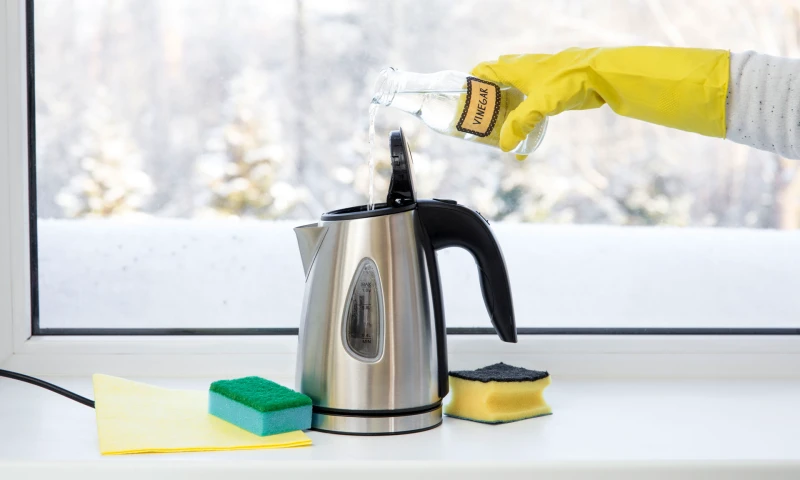
@Which
What Is Limescale?
Limescale is that white, chalky residue you see accumulating in your kettle, coffee machine, washing machine, sink, and so on. It’s usually most visible on stainless steel. Limescale is a common problem in areas that have hard water. Hard water usually has a higher concentration of calcium and magnesium which leads to limescale or also known as calcium buildup. As we mentioned, hard water, and the limescale found in it, isn’t harmful to drink, in fact, some people actually prefer the taste, and it’s even considered beneficial, as it has more minerals and vitamins. However, while it may be fine for your body, it’s doing a lot of damage to your appliances, so it’s important to take care of it.
Limescale is that white, chalky residue you see accumulating in your kettle

How To Descale A Kettle
Descaling a kettle isn’t hard, and you also don’t need any fancy cleaning products to tackle it. You’ll be surprised to find that most common household products will get the job done just as effectively. And they are probably already hiding in your pantry. So, let’s see how to get rid of the pesky limescale that has been building up in your kettle.
Descaling a kettle isn’t hard, and you also don’t need any fancy cleaning products to tackle it

#Vinegar
Limescale dissolves pretty easily when it comes in contact with a mild acid, so something as simple as white distilled vinegar from the supermarket can get the job done.
What You’ll Need:
- White Vinegar
- Water
- Long-Handled Brush
Method:
- Mix equal parts vinegar and water.
- Fill three-quarters of your kettle with the mixture.
- Bring the appliance to a boil and then leave it until it has cooled down completely.
- Then pour out with mixture and rinse the kettle several times. You can use a long-handled brush to scrub off any leftover flakes if needed.
- Finally, fill the kettle with some clean water and bring it to a boil, then empty it out. Repeat this a couple of times until there are no more traces of vinegar.
Limescale dissolves pretty easily when it comes in contact with a mild acid

@Apartment Therapy
#Lemon Juice
Easy-peasy lemon squeezy. This method also works due to the fact that lemons are also very acidic, so it will lift all that limescale with ease. And it also smells better than vinegar. And you can use both bottled lemon juice or freshly squeezed.
What You’ll Need:
- 30 ml Lemon Juice
- 500 ml Water
Method:
- Mix together the lemon juice and the water.
- Pour the mixture into the kettle and let it sit for at least an hour before you bring the liquid to a boil.
- Once it’s boiled pour it out and rinse well before you resume your usual routine. You can also fill it with clear water and bring it to a boil, to ensure no more lemon is left.
This method also works due to the fact that lemons are also very acidic
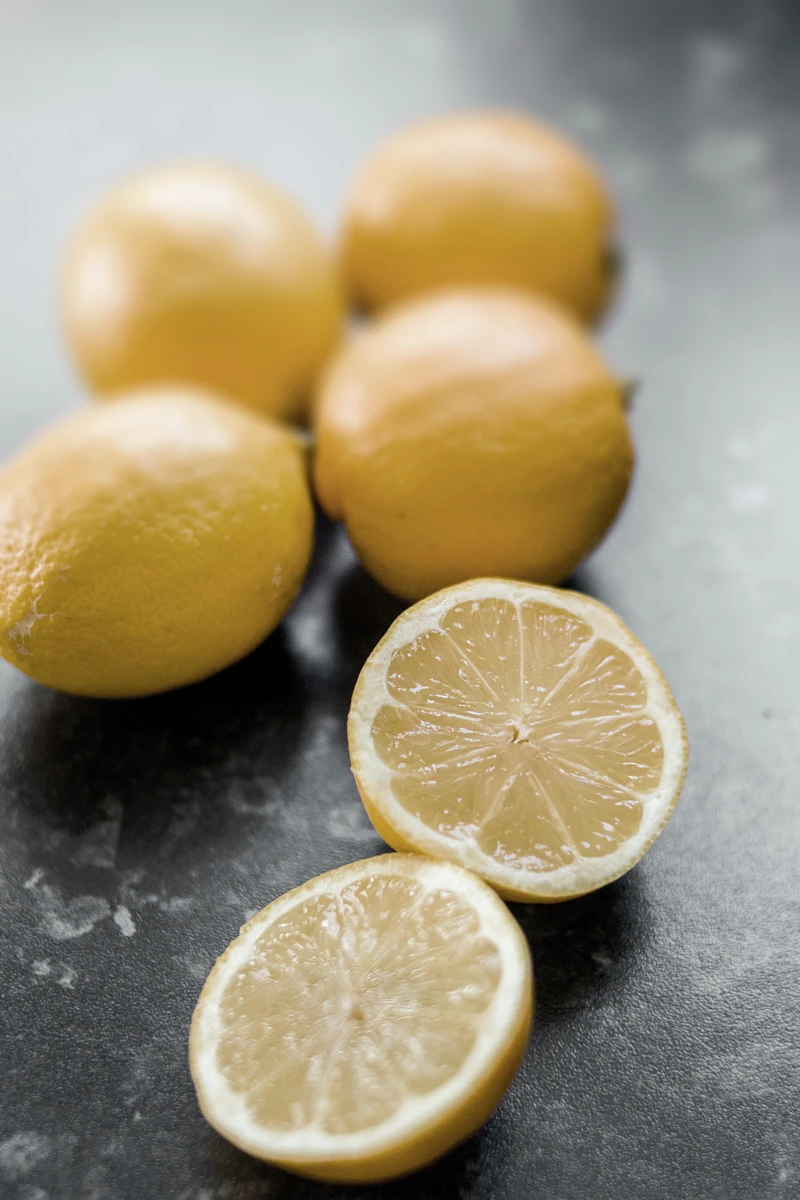
#Baking Soda
Baking soda is a cleaning powerhouse. So, it’s no surprise it can also help you get rid of the limescale in your kettle. If baking soda is all you have on hand, here is how to use it in two different ways.
What You’ll Need:
- Baking Soda
- Water
- Clean Toothbrush
Method V1:
- Take a tablespoon of baking soda and add it to a full kettle before you bring it to a boil. Let it sit for fifteen to thirty minutes before you pour it out.
- Then rinse the kettle with some fresh water, add some water, and boil it. Repeat this a couple of times with new water each time to make sure no baking soda is left.
Method V2:
- Make a paste from baking soda and some water.
- Then take a clean toothbrush and scrub off any sections of limescale you see, both inside and out.
- Rinse well and boil the kettle with fresh water a couple of times before you use it.
Baking soda is a cleaning powerhouse

#Cola
That’s right – cola! This fizzy drink is loved by many, but did you know it can do a great job at descaling your kettle? This soda has a phosphoric acidity at a pH level of 2.8, which makes it just as effective as vinegar or lemon juice.
What You’ll Need:
- Cola (any brand)
Method:
- Pour enough cola into the kettle to fill it.
- Then boil the cola. After it’s boiled, leave it to cool down for at least thirty to forty minutes before you pour it out.
- Finally, make sure to thoroughly wash and rinse out the kettle and boil some fresh water. Do this a couple of times.
This fizzy drink is loved by many, but did you know it can do a great job at descaling your kettle?
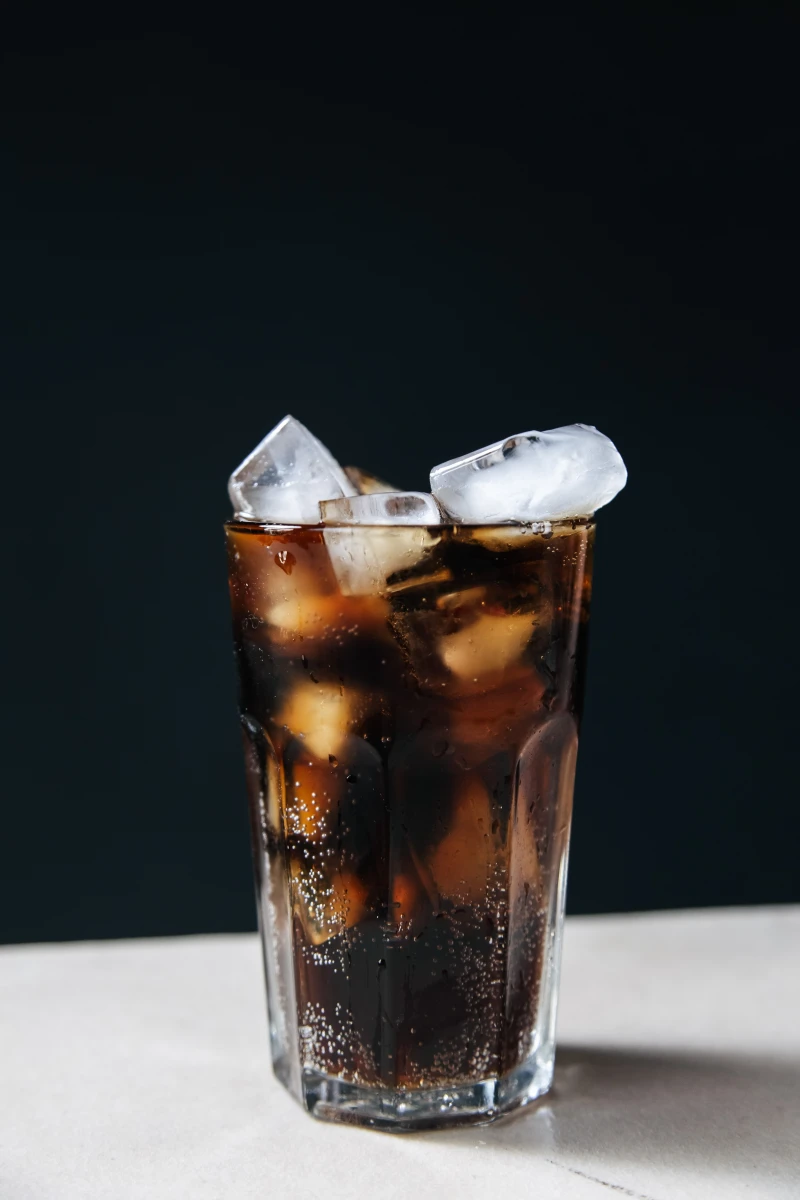
#Citric Acid
You’ve probably passed citric acid in the cleaning or food aisle at the supermarket. Usually, it’s used to add a sour tang to dishes, preserve food, and remove limescale. While the term acidic may make it seem a bit scary, it’s actually non-toxic, organic, and safe to use around humans and pets.
What You’ll Need:
- Citric Acid
- Water
Method:
- First, fill up your kettle halfway with water and then bring it to a boil.
- Once the water has boiled, add one to two tablespoons of citric acid.
- Let the mixture sit for fifteen to twenty minutes and then pour it out.
- Finally, rinse out the kettle, pour in fresh water to its full capacity, and then boil it. Throw out the boiled water. You can repeat this a couple of times.
Usually, it’s used to add a sour tang to dishes, preserve food, and remove limescale
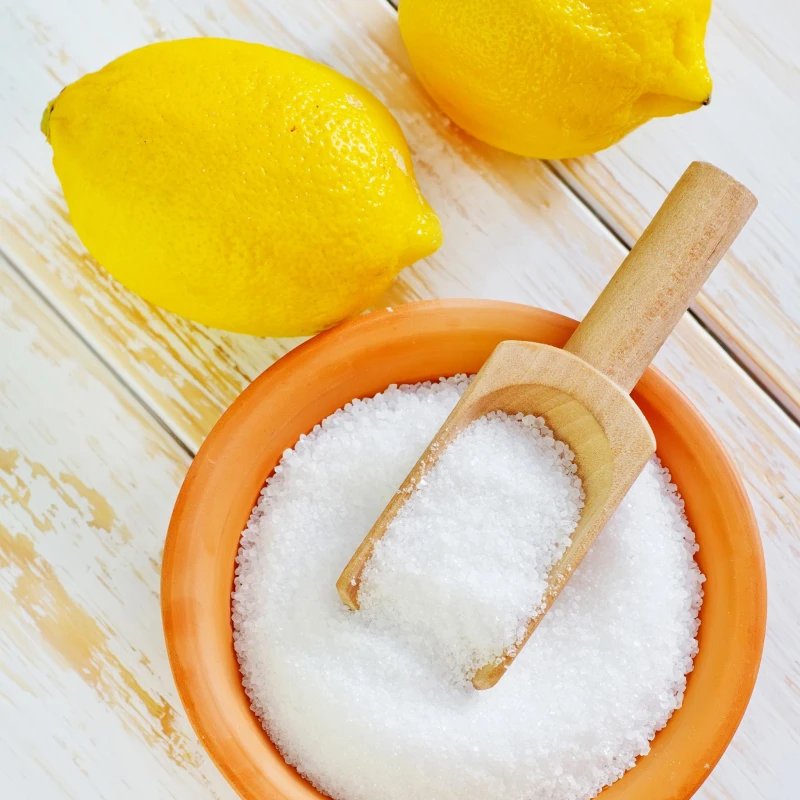
How Often Should You Descale Your Kettle?
In order for your kettle to last longer, work properly, and for you to avoid ingesting solid minerals, it’s recommended to descale your kettle every four to eight weeks. Of course, it depends on how hard your water is and how quickly you see limescale building up, so make sure to keep an eye out and adjust the cleaning time depending on that.
It’s recommended to descale your kettle every four to eight weeks

These were our best tips and tricks on how to descale a kettle and clean it properly. We hope you found this article useful. Now you can go and give your kettle the good clean it deserves, and you won’t have to worry about limescale ruining your appliance.
These were our best tips and tricks on how to descale a kettle and clean it properly
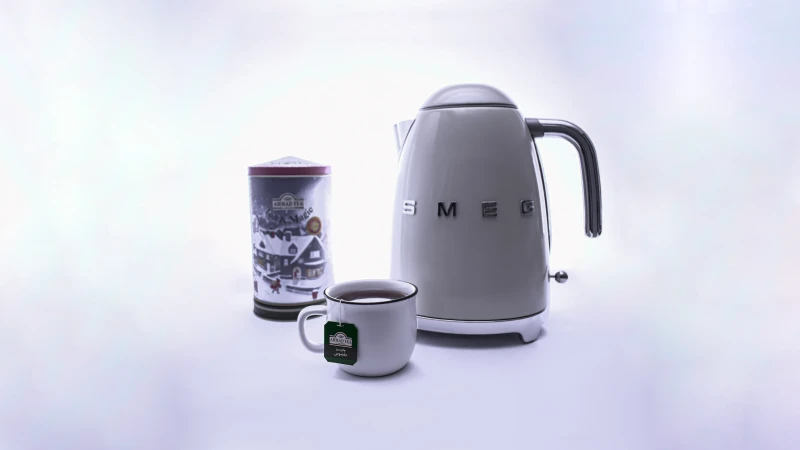
Related Articles
- How To Remove Calcium Buildup (Limescale) At Home With Ease
- Clean An Air Fryer The Right Way
- How To Clean Your Entire Home in 1 Hour
- Clean Mirrors (And Glass) Without Streaks
- How To Clean Your Iron Easily: Ultimate Guide
Sources:
- Good Housekeeping ©
- Bob Vila ©
- Which? ©
- Real Homes ©
- Fantastic Cleaners ©
- Cool Blue ©
- Good Food ©
The post How To Descale And Clean A Kettle The Right Way appeared first on ArchZine.
